History and about Pratapgarh city of Rajasthan
Present day Pratapgarh is known as Kanthal Nagari since from realm time. Pratapgarh pricipality was eastablished in the year 1699 by Maharawat Pratapsingh. In the fourteenth century, Maharana Kumbha (1433–1468) managed Chittorgarh. Because of a contest with his more youthful sibling Kshemkarn (1437–1473), he removed him from his region. Kshemkarn's family was an outcast for quite a while and lived in the Aravali ranges in the southernmost piece of Mewar system. In 1514, Kshemkarn's child Prince Surajmal (1473–1530) turned into the leader of Devalia (Devgarh), and this realm later came to be known as Pratapgarh territory. Prince Surajmal set up his capital of 'Kanthal-Desh' at Dewaliya additionally called Devgarh, a modest community around 10 km in the west from present Pratapgarh town, where old temples, cenotaphs, an authentic castle and different vestiges of past Partapgarh system actually can be seen. Along these lines, verifiably, Pratapgarh has been a necessary piece of Mewar Rulers of Udaipur.
Legend credits the birthplace of Pratapgarh, Rajasthan to a mythological King Putraka who made Pratapgarh, Rajasthan by enchantment for his queen Patali, in a real sense Trumpet bloom, which gives it its ancient name Pataligrama. It is said that to pay tribute to the primary honor to the queen, the city was named Pataliputra. Gram is the Sanskrit for town and Putra implies child.
Pratapgarh, Rajasthan From a logical history viewpoint, it is fitting to gather that the historical backdrop of Pratapgarh, Rajasthan began around the year 490 BC when Ajatashatru, the ruler of Magadh, needed to move his capital from the hillyRajagriha to an all the more deliberately found spot to battle the Licchavis of Vaishali. He picked the site on the bank of Ganges and invigorated the territory. From that time, the city has had a consistent history, a record asserted by couple of urban communities on the planet. Gautam Buddha went through this spot in the most recent year of his life, and he had prophesized an incredible future for this place, and yet, he anticipated its ruin from flood, fire, and fight.
As the atmosphere of Devgarh was not discovered to be appropriate by the royal family, one of the relatives of Surajmal, MaharawatPratapsingh of tenth era (1673–1708) began to fabricate another town close to local town Devgarh in 1689–1699 and later named it as Pratapgarh, with a post divider around his new royal residence and little municipality with eight section doors. Around then, the area of Pratapgarh was accounted for to be around 889 square miles, while Dhariyawad, another unassuming community close to Pratapgarh, was established by Rana Sahasmal, the grandson of amazing Maharana Pratap during the fifteenth century. The name of Pratapgarh is after Maharawat Pratap Singh and not Maharana Pratap, as ordinarily mistaken.
Sisodia clan is among the ancient royal families in India. This family administered Mewar for in excess of 800 years. The acclaimed Rajputs-Maharana Sangram Singh (also called Rana Sanga), Maharana Kumbha and MaharanaPratap all had a place with this family. The leaders of 'Partapgarh' principality were relatives of Sisodia group of MewarRajputs.
Soon after the freedom of India in 1947, a royal province of Pratapgarh acknowledged the proposal of then Home Minister Sardar Vallabh Bhai Patel to join Indian State on a condition that Pratapgarh should be announced as a recently autonomous area in Rajasthan. Pratapgarh stayed as an autonomous region between 1948-1952, in any case, because of the reconstitution of area limits, Pratapgarh turned out to be essential for the Nimbahera locale and afterward of Chittorgarh.
The area is described by undulating geology. The geography of the area is undulating a direct result of the confluence of three diverse geographical arrangements Malwa Plateau, Vindhyachal Hills and Aravali ranges. The western and southern parts are by and large plain area. Hills are dissipated in Chhoti Sadri, Dhariawad, Peepalkhoont and Pratapgarh tehsils.
The dirt is fundamentally profoundly ripe Black Cotton Soil made of magma of springs of gushing lava.The significant rivers of the locale are Jakham, Mahi, and Siwana or shiv. Other occasional streams are Som, Era, and Karmoi.
After a long battle of 56 years, Pratapgarh got the honor of being an area. On 26th January, 2008 Smt. VasundharaRaje, the Chief Minister of Rajasthan, at that point reported Pratapgarh to be a 33rd free area of Rajasthan.
Leaders of Pratapgarh:
· Soorajmal (1473–1530)
Established Dewaliya, archetype to Pratapgarh.
· Bagh Singh (1530–1535),
· Rai Singh (1535–1552),
· Vikram Singh (1552–1563),
· Tej Singh (1563–1593),
· Bhanu Singh (1593–1597),
· Singha (1597–1628),
· Jaswant Singh (1628)
· Hari Singh (1628–1673)
· MaharawatPratap Singh (1673–1708),
Founder of Pratapgarh
· Prithwi Singh (1708–1718),
· Sangram Singh (1718–1719)
· Ummed Singh (1719–1721)
· Gopal Singh (1721–1756)
· Saalim Singh (1756–1774)
Obtaainedwritten consent from the then Mughal lord Shah Alam II to present neighborhoodcurrency for his state and named it as Saalimshahi-Sikka (coin), which was made in a nearby mint-(Partabgarh-Taksal).
· MaharawatSaamant Singh (1774–1844)
North-western part of this area had extremely dense forest, a different state forest office in 1828, was made to deal with state's especially rich backwoods abundance.
· Maharawat Dalpatsingh (1844–1864)
· Maharawat Uday Singh (1864–1890)
Introduced a few changes, set up common courts, begun alleviation works during the infamous Great Famine of 1876-78, opened reasonable value looks for the residents and furthermore excluded certain regular citizen charges.
Uday Singh constructed another royal residence in Pratapgarh for himself in the year 1867 AD pretty much on the lines of those worked by the Britishers and began living there.
· Maharawat Raghunath Singh (1890–1929)
· Maharawat Sir Ram Singh (1929–1940)
· Ambika Pratap Singh (1940–1948)
Who lives in Pune in the wake of leaving his native place.
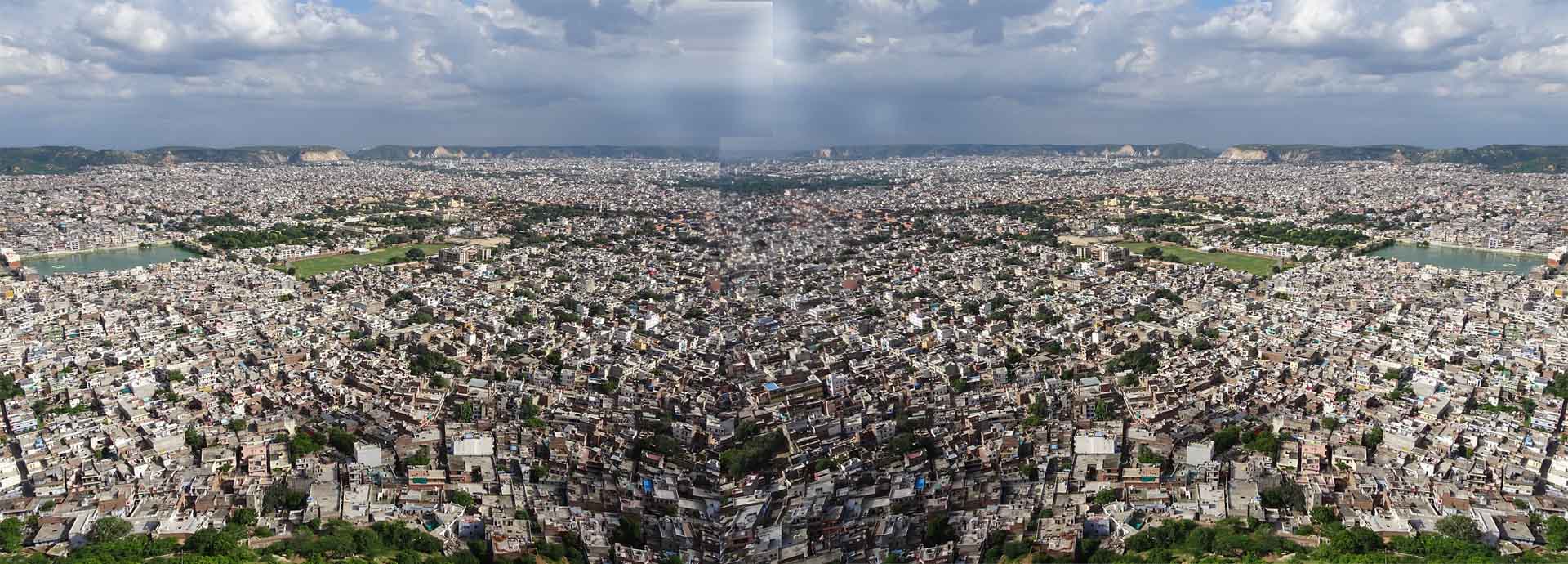

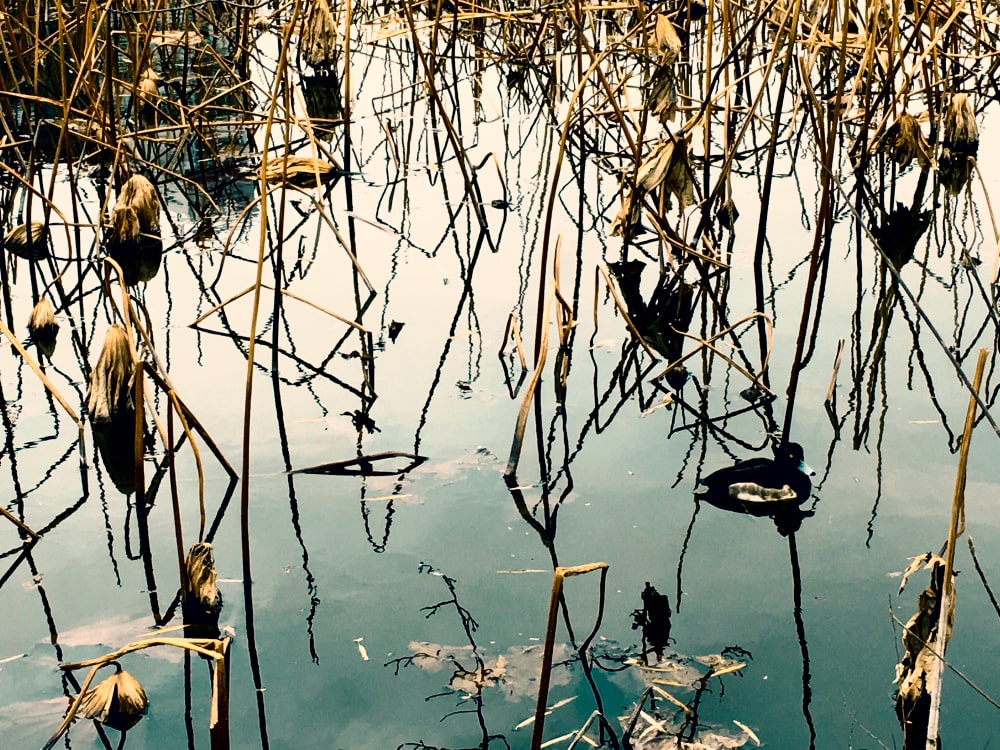
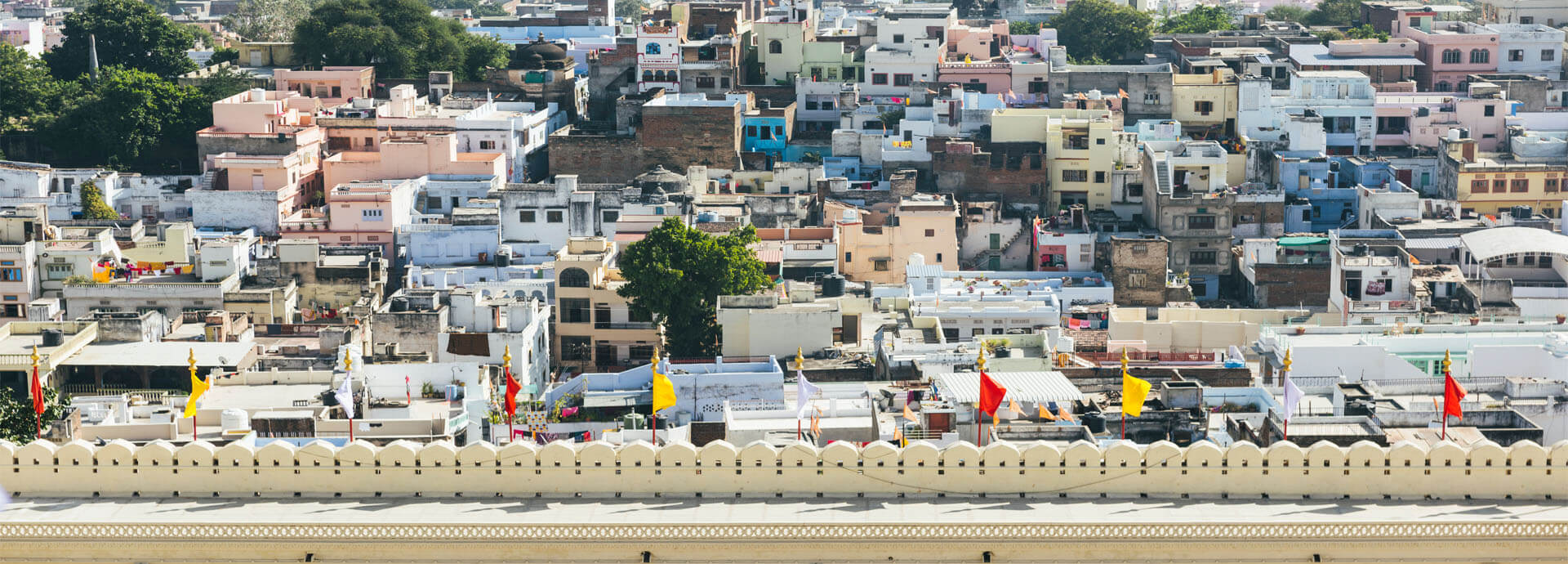
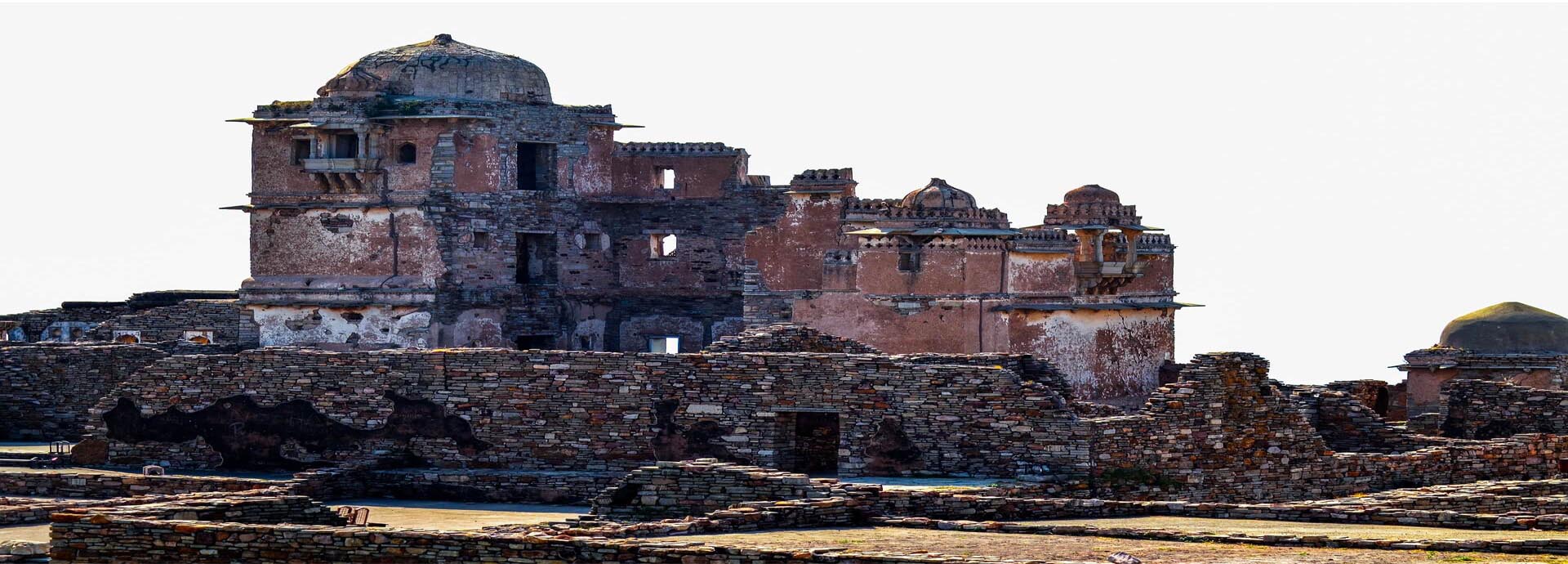
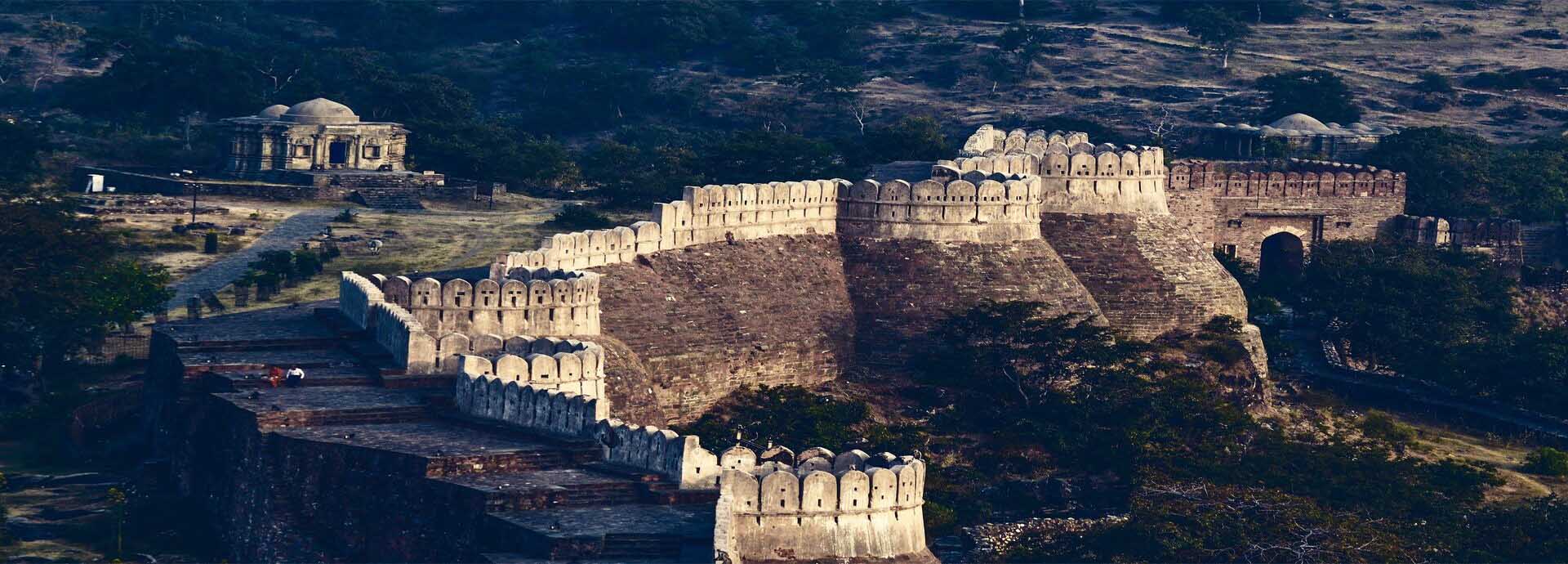







Comments